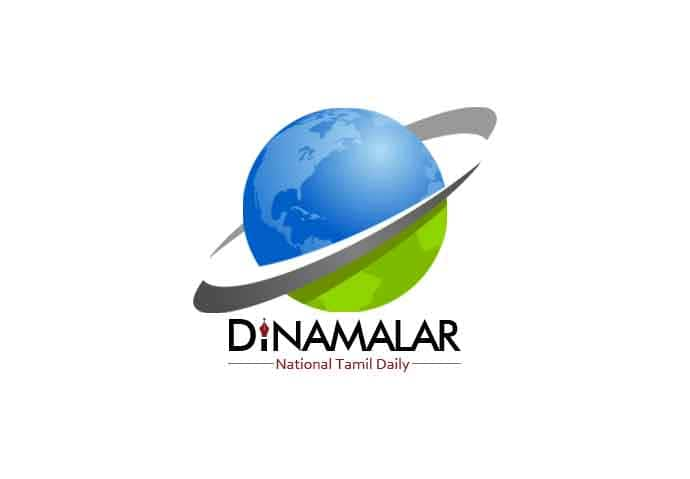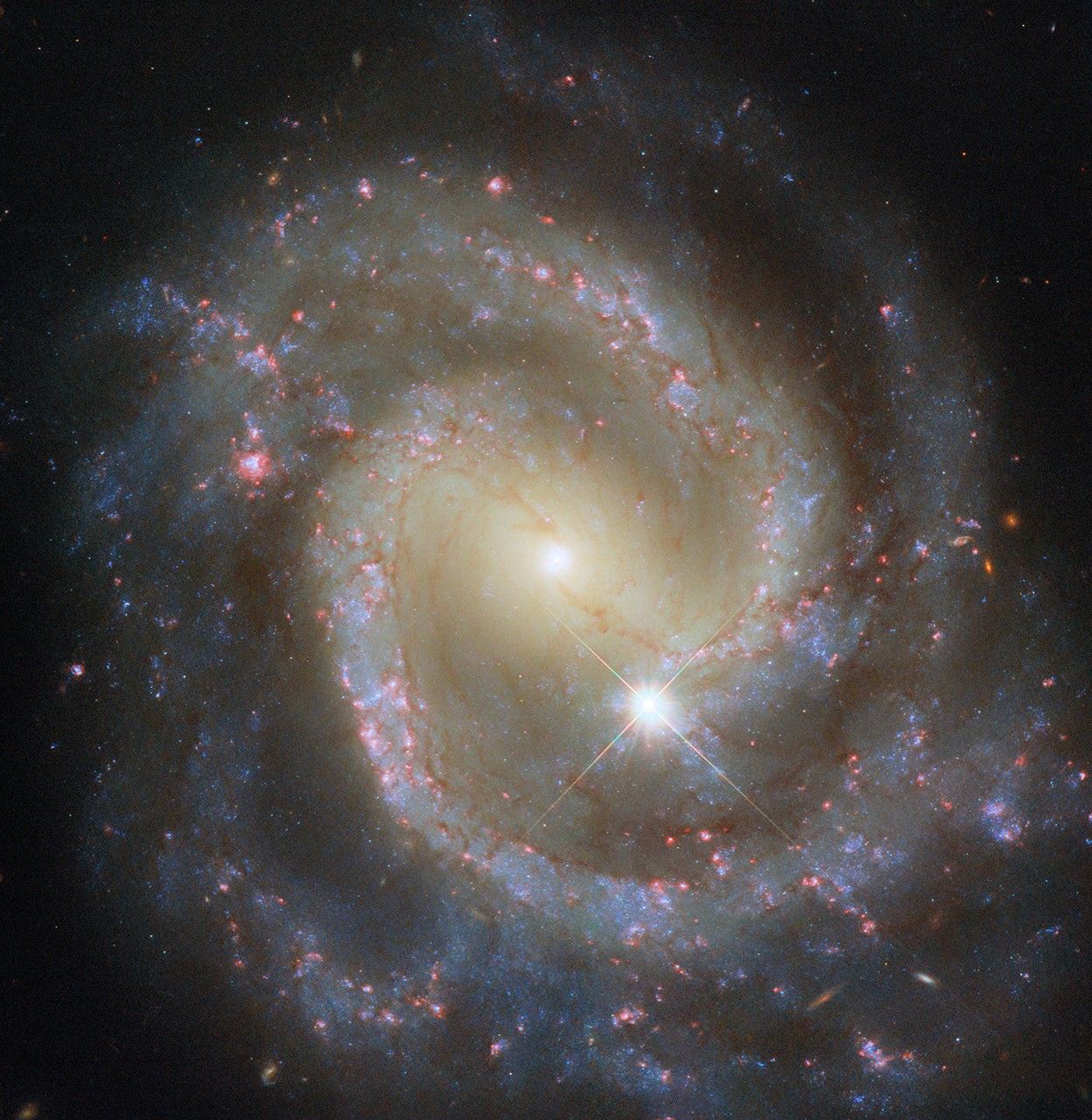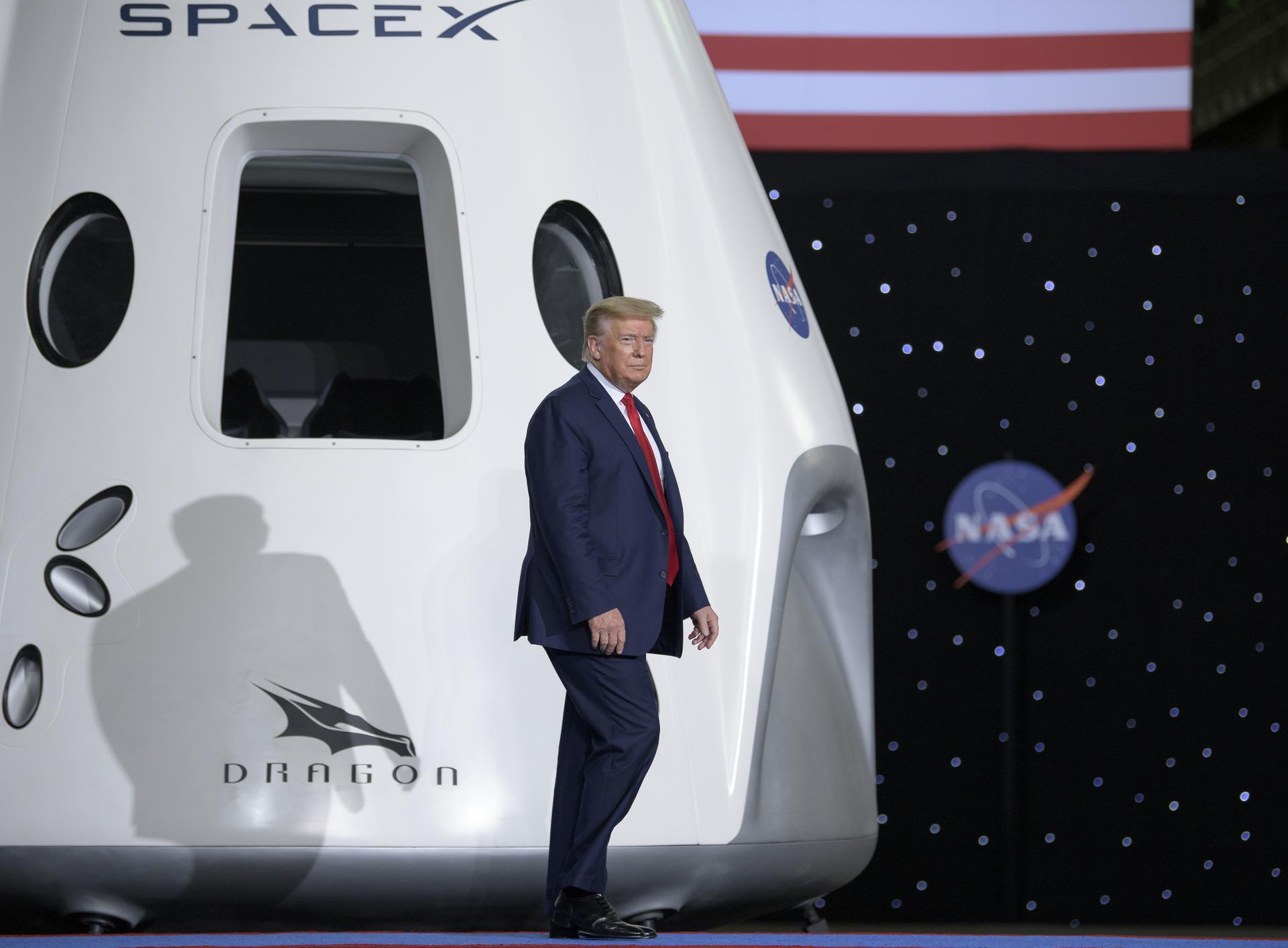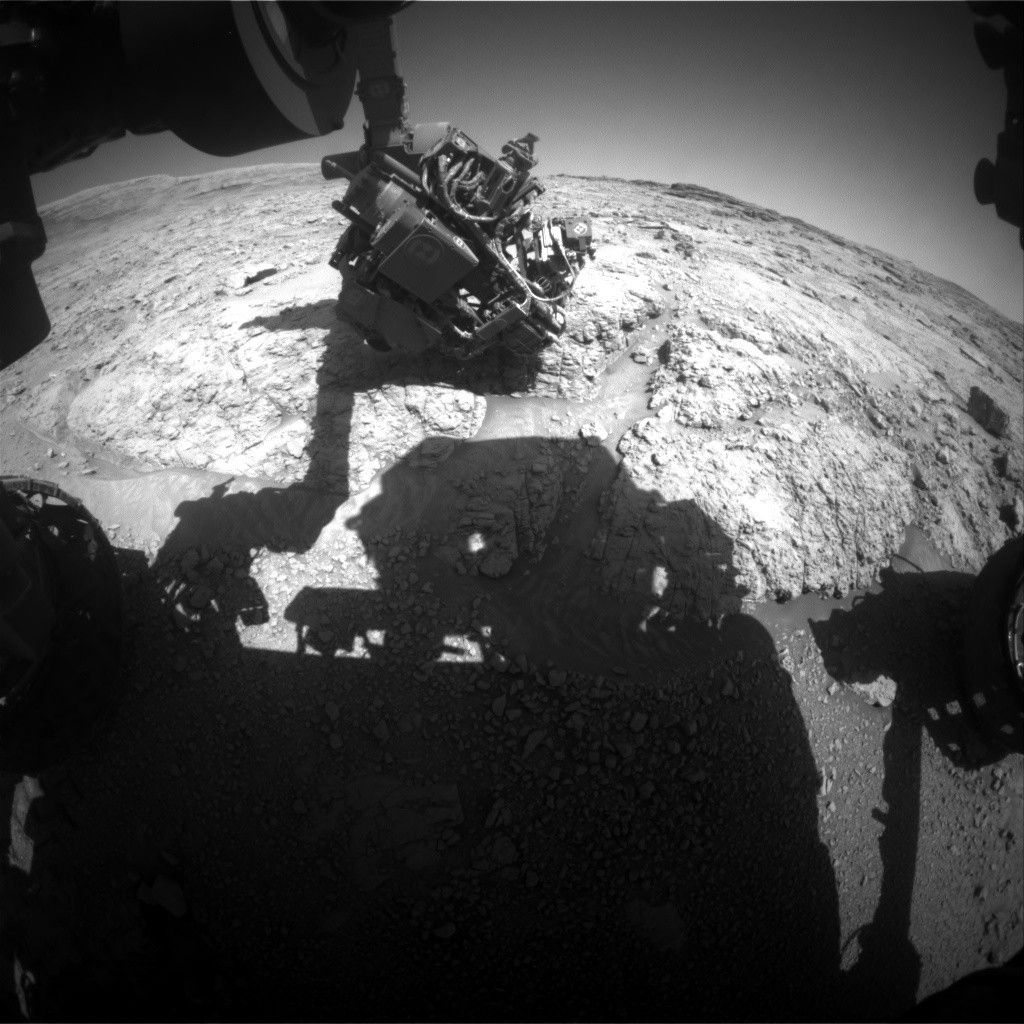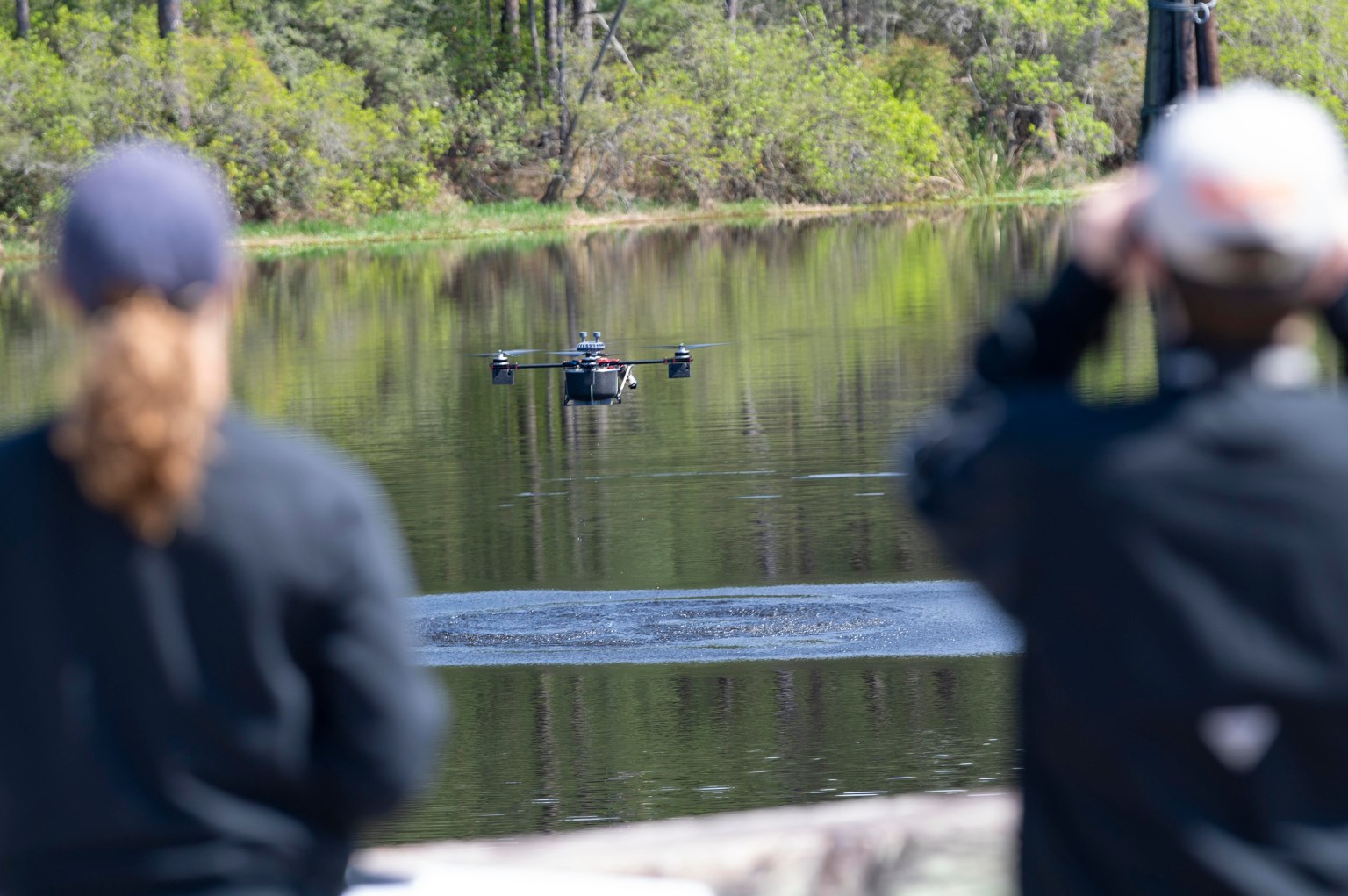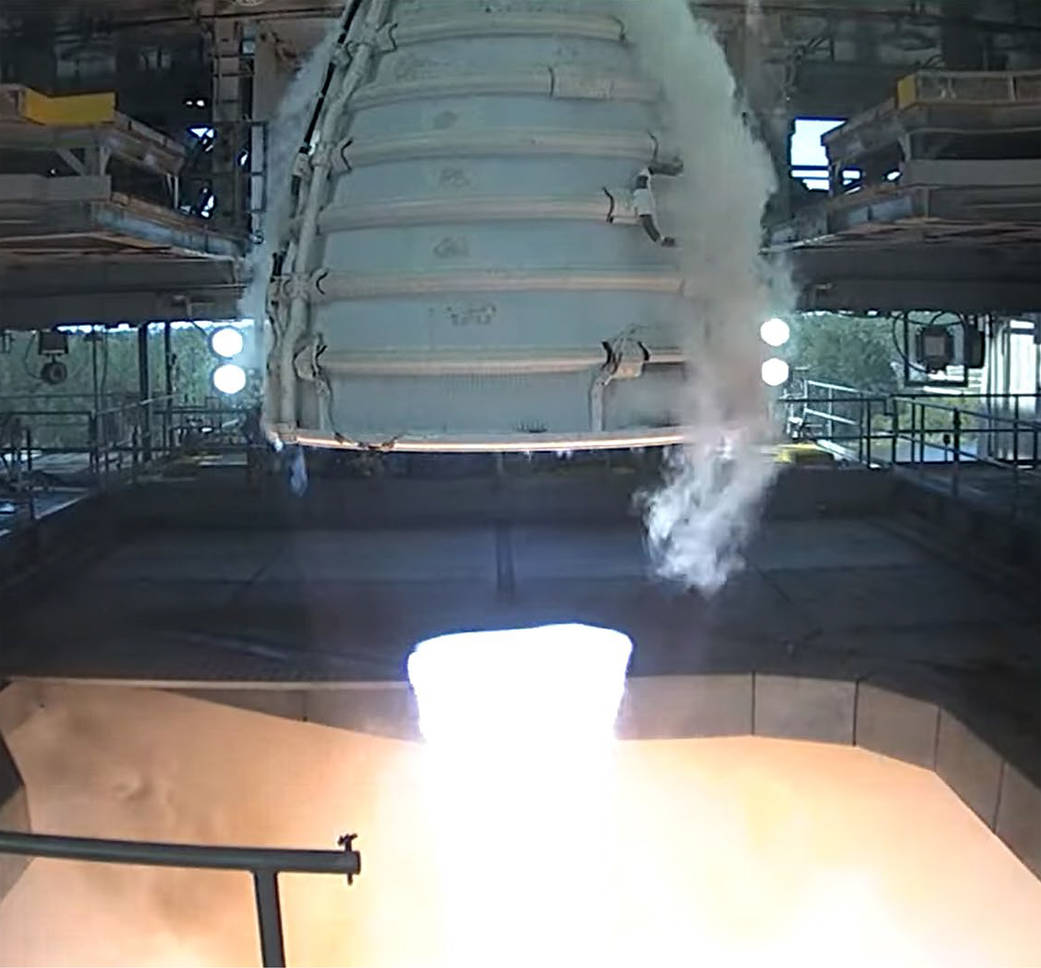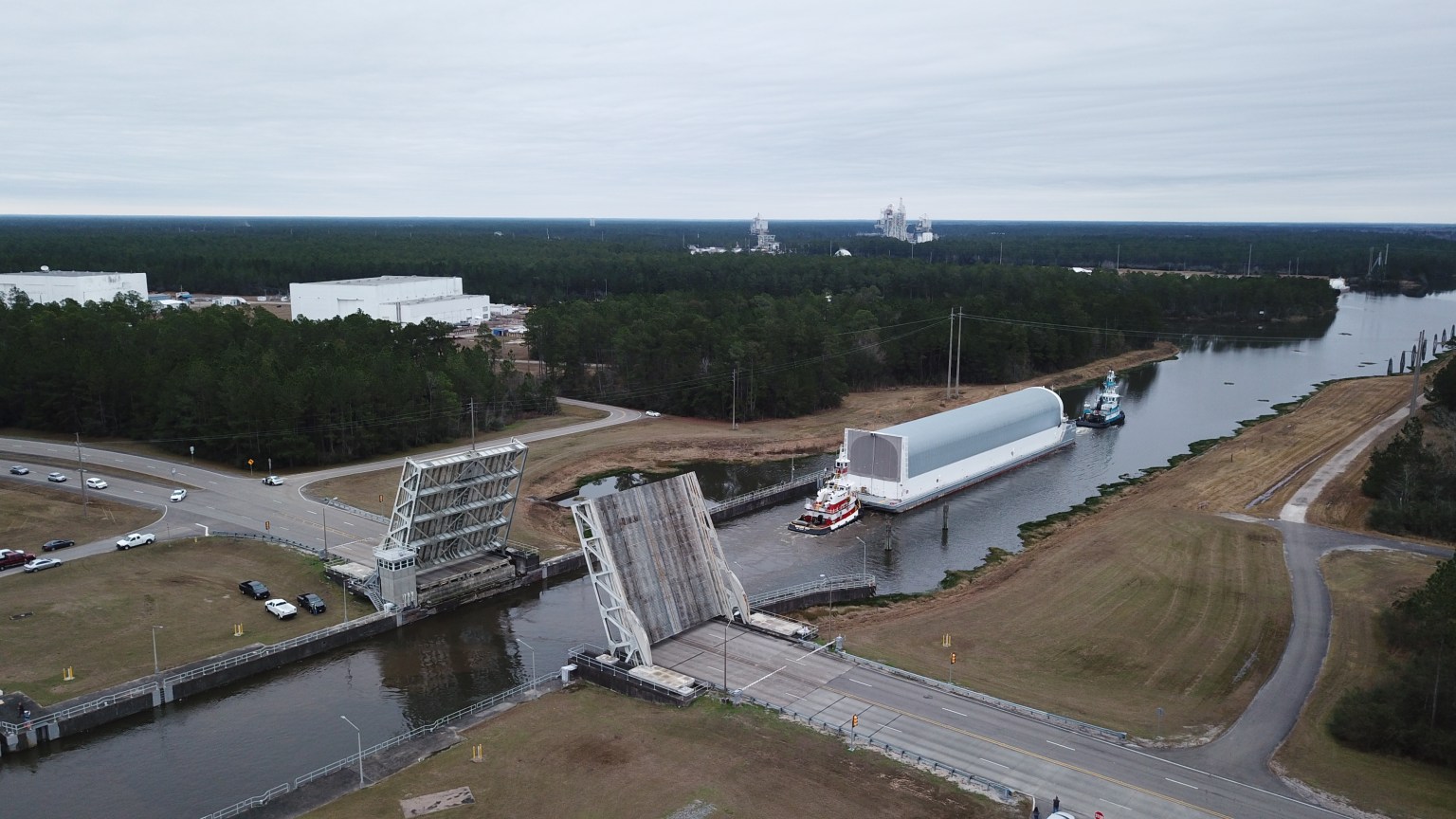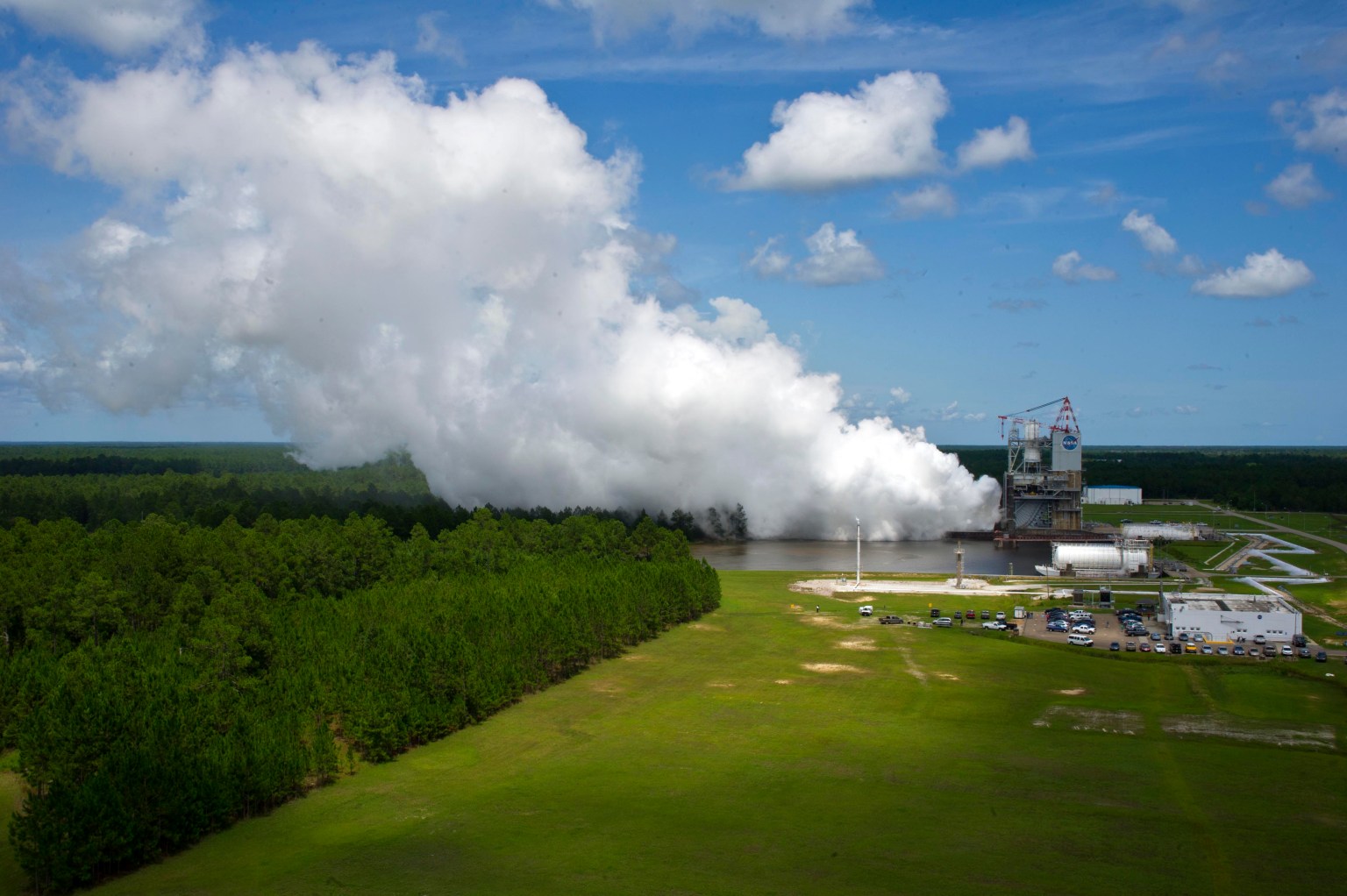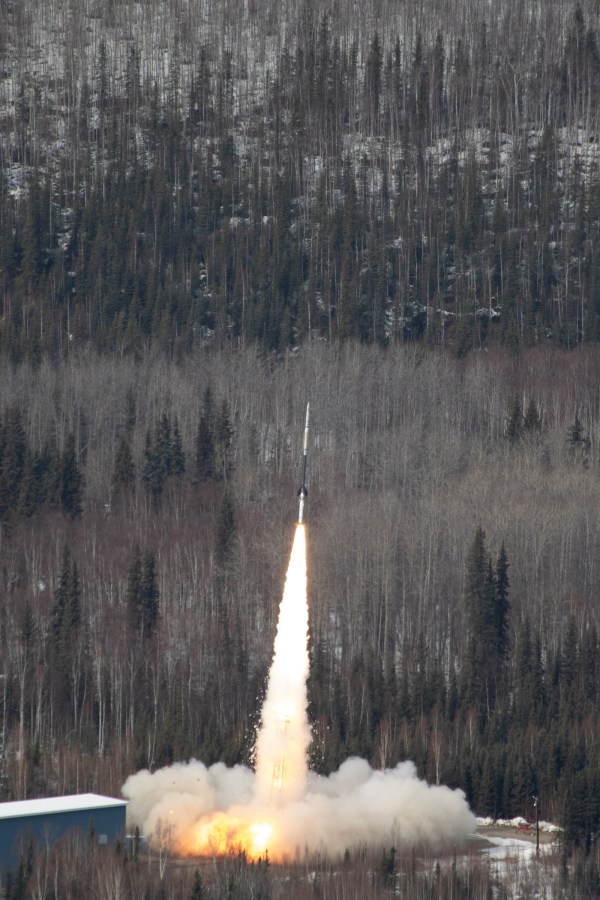NASA Stennis Takes Key Step in Expanding its Range Operations Work
NASA’s Stennis Space Center near Bay St. Louis, Mississippi, has entered into an agreement with Skydweller Aero Inc. for the company to operate its solar-powered autonomous aircraft in the site’s restricted airspace, a key step towards achieving a strategic center goal. The Reimbursable Space Act agreement marks the first between NASA Stennis and a commercial […]

4 min read
Preparations for Next Moonwalk Simulations Underway (and Underwater)
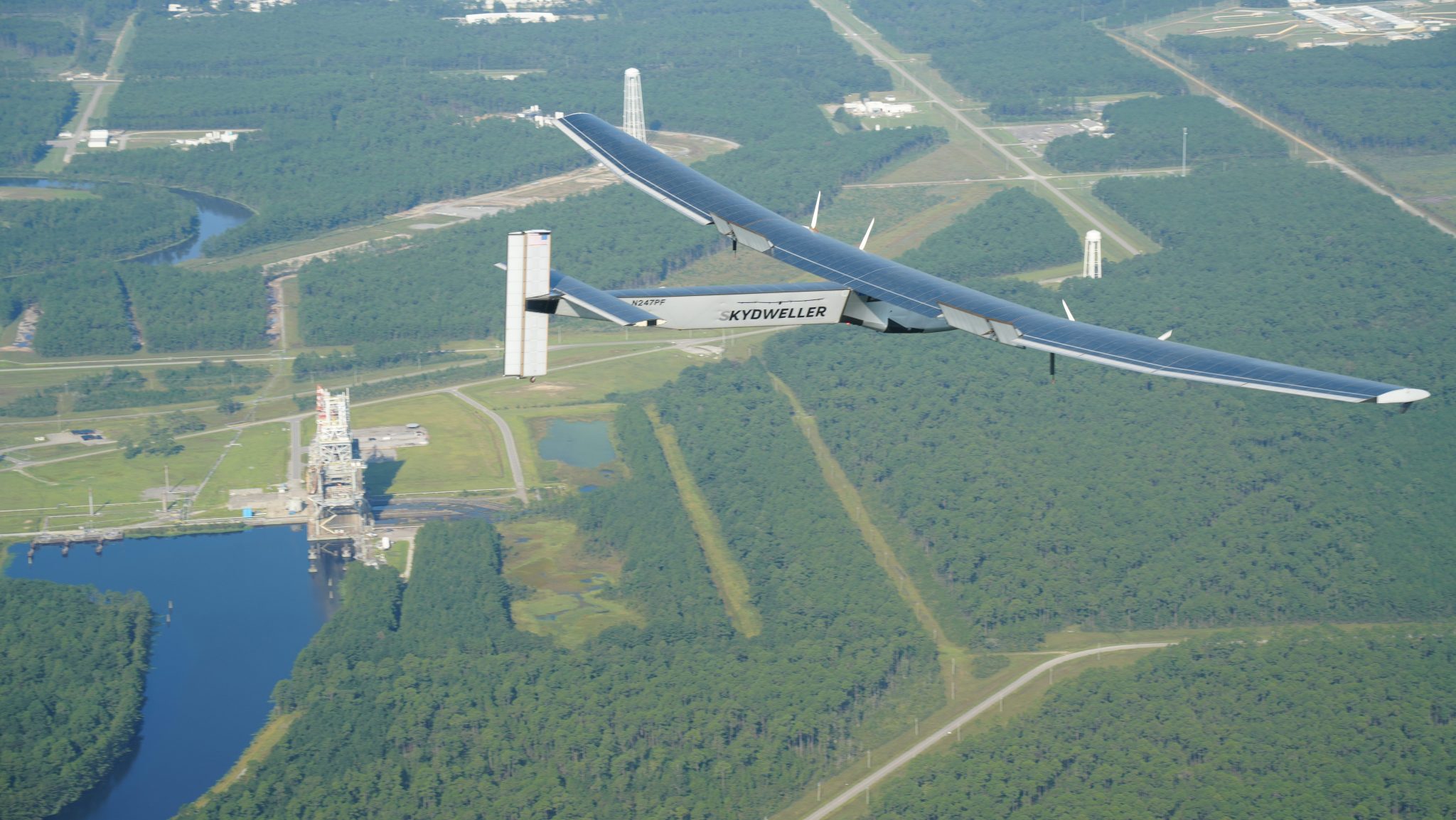
NASA’s Stennis Space Center near Bay St. Louis, Mississippi, has entered into an agreement with Skydweller Aero Inc. for the company to operate its solar-powered autonomous aircraft in the site’s restricted airspace, a key step towards achieving a strategic center goal.
The Reimbursable Space Act agreement marks the first between NASA Stennis and a commercial company to utilize the south Mississippi center’s unique capabilities to support testing and operation of uncrewed systems.
“There are few locations like NASA Stennis that offer a secure location, restricted airspace and the infrastructure to support testing and operation of various uncrewed systems,” said NASA Stennis Director John Bailey. “Range operations is a critical area of focus as we adapt to the changing aerospace and technology landscape to grow into the future.”
NASA Stennis and Skydweller Aero finalized the agreement in late August, paving the way for the company to begin area test flights of its autonomous, uncrewed solar-powered aircraft, which features a wingspan greater than a 747 jetliner and is designed for long-duration flights. The company announced Oct. 1 it had completed an initial test flight campaign of the aircraft, including two test excursions totaling 16 and 22.5 hours.
NASA Stennis and Skydweller Aero began talks in the summer of 2023 when the company expressed interest in utilizing NASA Stennis airspace for its all-carbon fiber aircraft. The NASA Stennis area fits the company’s needs well since it provides ready access from Stennis International Airport to the Gulf of Mexico area. NASA Stennis airspace also provides a level of privacy for aircraft testing and operation.
“Access to the restricted airspace above NASA Stennis has been tremendously helpful to our uncrewed, autonomous flight operations,” said Barry Matsumori, president and chief operating officer of Skydweller Aero. “The opportunity to use the controlled environment above Stennis helps accelerate our efforts, allowing us to transition the aircraft in and out of civil airspace, while demonstrating its reliability and unblemished safety record to the FAA.”
Companies must be conducting public aircraft operations to use any restricted airspace. In this instance, Skydweller Aero is flying its aircraft in association with the U.S. Department of Defense, allowing for the Reimbursable Space Act agreement with NASA Stennis.
The agreement provides the company Federal Aviation Administration (FAA) authorization for future test flights in designated areas of the NASA Stennis buffer zone. It also represents a key step in the center’s effort to grow its range operations presence.
“This really opens the door for others to come here,” said Jason Peterson, NASA Stennis range officer. “There are requirements that must be met, but for those who meet them, NASA Stennis is an ideal location for test and flight operations.”
The FAA established restricted airspace at NASA Stennis in 1966 and approved its expansion in 2016. The expansion was necessary to conduct propulsion testing safely, accommodate U.S. Department of Defense missions, and support unmanned aerial systems activities.
Restricted airspace at NASA Stennis allows qualifying organizations to conduct various uncrewed flight activities. NASA Stennis personnel provide scheduling and range operation support, including reviews and evaluations to ensure safe flight operations. Processes are in place to ensure communication between aircraft operators, FAA air traffic controllers, and range safety personnel.
Peterson said he hopes the agreement with Skydweller Aero will clear the way for future collaborations as NASA Stennis continues to expand its customer-based operations. For instance, although Skydweller Aero is not located onsite, NASA Stennis is able to support ground operations for a variety of unmanned aircraft system takeoffs and landings.
Beyond that, the center also hopes to expand its operational capabilities to include marine and ground activities. In addition to a large geographic footprint, the center features a secure 7.5-mile waterway canal system for testing unmanned underwater or surface vehicles.
For information about range operations at NASA’s Stennis Space Center, visit:
Range and Airspace Operations – NASA
Share
Details
Related Terms
What's Your Reaction?



















.jpg?#)









